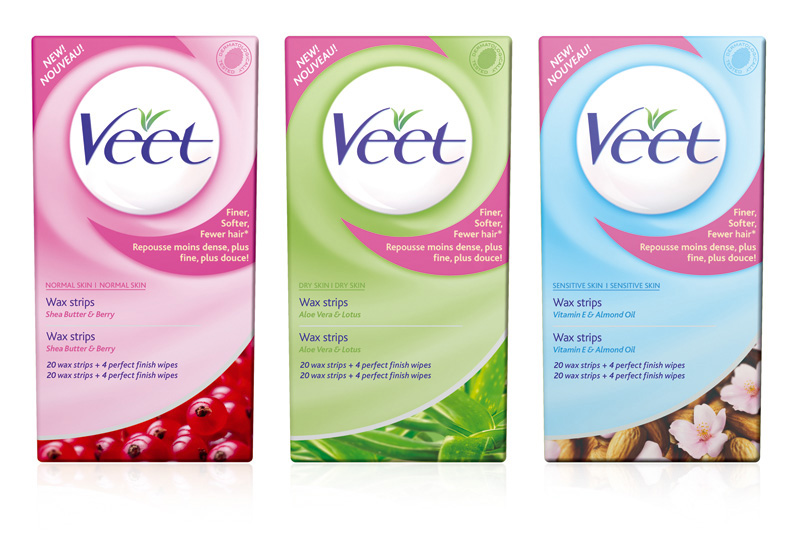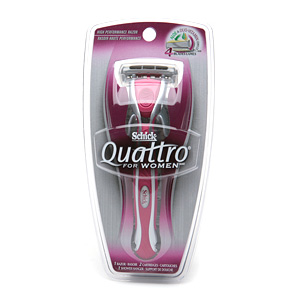As I walked down the isle labeled “shaving needs” in Safeway, there was a distinct way the products were placed: wax strips or wax-related products on one side, and razors or razor blades-related products on the other side. Be it Safeway’s choice to do so or whatever cosmetic forces that made it that way, wax strips and razors are direct AND indirect competitors.
These two types of products are direct competitors in the sense that they both provide the same need, women’s need to have smooth, silky legs. I will analyze some of the pros and cons of each type of product that make it popular with different target groups:
- Price and usage: wax strips (eg. Veet, Nair) sell for about $10-13 per container (or 20 wax strips) that are one-time usages; thus, consumers must purchase new strips when they run out VS. razors (eg. Gilette, Schick) sell for about the same price but allow multilple usages for multiple months; easy to replace buy just buying the razor blades
- Length of hair removal process: wax strips take more effort and time because of more steps (warm up strips, separate strips, stick strip on hair, pull strip) VS. razors are much faster and more convenient tools because you just need to go up and down your legs with the blades
- Quality of hair-shaving: wax strips provide a longer-lasting effect (smoothness up to 4 weeks) VS. razors only cut surface hair so hair shows after a couple of days
With these pros/cons in mind, consumers choose what is most valuable to them. Those who favor longer-lasting results might choose to use wax strips that take up more time; those who favor convenience may just choose razors; those who have less budget limit may choose wax strips since they run out quickly; those who have a smaller budget would perhaps choose to use razor, which could be used multiple time.
Wax strips and razors are indirect competitors in that they offer similar service but in different product forms. Therefore, they are substitutes for each other, and can (technically) be interchanged! Therefore, each product uses its strengths to attack the othe product’s weaknesses.



2 responses to “shaving needs: wax strips vs. razors”